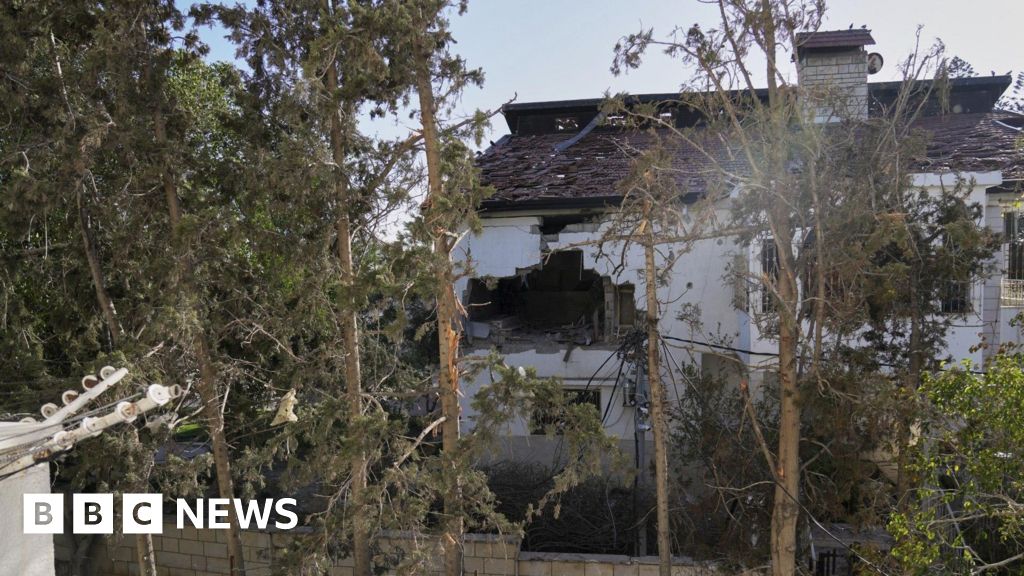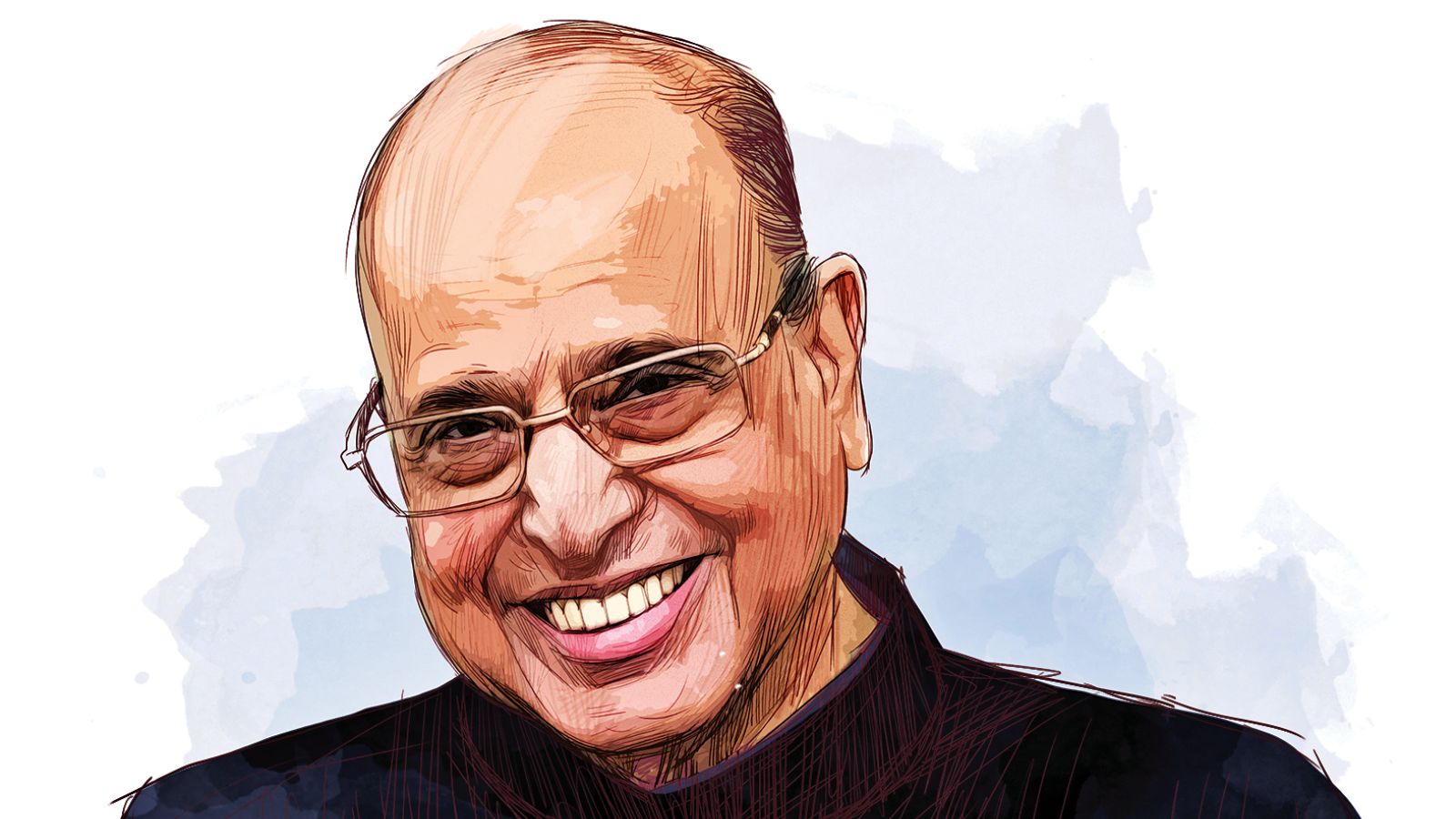Quebec’s pork industry in a battle over entrenched centralized regulatory system
Open this photo in gallery: Production line at JYGA Technologies in Saint-Lambert-de-Lauzon, Que. The company designs and produces feeding machines for sow barns. Quebec's largest pork farmers have been told to cut production or face a monetary penalty.Renaud Philippe/The Globe and Mail The Quebec pork farmers union is implementing a penalty for all those who surpass the set quota for production in the province, a move some say could undermine competition. The 40-per-cent tax on the cost of an extra hog sent to slaughter will keep production at around 6.5 million pigs per year, said the pork union, Les Éleveurs de porcs du Québec. It is an 8.4-per-cent cut compared to 2022 levels. It is the latest development in a multiyear battle to squash pork production in the province. Starting in 2023, Quebec’s pork giant – Olymel – drastically cut slaughter capacity and the farmer had no choice but to curtail in tandem. But a group of large-scale producers (including Olymel) is forming to argue that a quota on production could harm efficiency, while another large producer says the growing controversy begs deeper questions about the legitimacy of an entrenched regulatory system. “Overregulation or crazy regulation is hurting farmers,” said Vincent Breton, president of DuBreton, a major pork producer and processor in Eastern Canada, adding that the union does “not make things better; they make things worse.” But the union and independent pork producers refuse to let large-scale processors – and the race toward efficiencies of scale – carve up the sector. It is a long-touted myth that the only way to achieve productivity is through size, say some. And – even if it was – small-scale production is a matter of responsible animal husbandry and crafting resilient food systems, a timely issue given the trade disruptions Canada has reckoned with since January. A cavernous distribution centre around 30 minutes outside Montreal is the culmination of three years of planning within Olymel – Canada’s largest hog producer. The distribution centre will replace 12 others across the country to serve the North America market, said Alexandre Tarini, senior vice-president of supply chains. The plant is a key part of a years-long battle to turn Olymel’s fortunes around. In 2023, the company announced losses of around $400-million across two years. A labour shortage in slaughterhouses meant the company could not optimize, while pork prices as well demand had been low, and global competition was steep: Pork in China – the major export market – was becoming characterized by pig farm skyscrapers more than 20 stories tall. Beijing’s 2019 ban on Chinese imports (following the arrest of Huawei executive Meng Wanzhou) and a four-month labour strike at the company’s major slaughterhouse in Vallée-Jonction didn’t help matters. Olymel would streamline operations and get away from the volatile commodity market by focusing on value-added products for Canadians and premium fresh pork for emerging markets in Japan and Korea, chief executive and president Yanick Gervais told The Globe and Mail at the time. Over the next two years, it closed assets (including numerous slaughterhouses) and slashed processing capacity by approximately 1.5 million hogs annually to focus on quality over quantity. It worked. In its 2023-24 financial results, the company posted the third-best net sales results in its history ($4.6-billion). Sales into Canadian markets blew past targets and, on Thursday, Olymel launched a new product line for Canadian consumers, including items such as chimichurri pork flank steak, Greek-style pork sirloin skewers and pork T-bone. But the transition came at grave cost to pork farmers. Olymel processed 70 per cent of the pork in the province. A cut in production spelled crisis for producers who would have no market for their hogs. The pork union crafted a withdrawal mechanism that would spread the pain among small and large producers. The union is also the producer – designated “single desk” for pork in Quebec: It buys all pork in the province, takes a cut, and then sells to slaughterhouses as a way to give producers leverage. The small- and medium-sized farmers would collectively cut production by 9 per cent. They did this with a $20-million buyout backed by both the union and the Quebec taxpayer. The union also demanded each large-scale producer (more than 100,000 pigs produced per year) cut production by 9 per cent across their business. “It’s a system designed to have equity in terms of production,” said Martin Viens, chairman of the marketing committee at the pork union. “We’re protecting every building or every farm that we have.” To balance production, a penalty on additional hogs sent to slaughter is coming into force Nov. 29. The union emphasizes that it is a temporary measure. However, this broad penalty does not allow the pork farmer to be flexible and respond to market conditions, said Mr. Breton. DuBreton must sell pork through the single desk, however, his pork farm operations are not directly affected by the production cut. Mr. Breton received a carve out because his pork is certified humane, organic and antibiotic free. He operates in a different market with different buyers, such as Whole Foods and Chipotle. DuBreton does operate a packing plant, which sources pork from producers in the region. This is a business necessity, he said. The slaughterhouse margin is razor thin. It must run at full capacity. Under the current system, the producers he sources from cannot expand production, even if his facilities have the space to process more. When asked for a response, the pork union spokesperson Tristan Deslauriers said this should not be a concern. Even with the production cap, the single desk has more pork than can be slaughtered in province. Any additional slaughter demand could be easily met." The union believes the collective penalty is the only way to safeguard Quebec’s smaller and medium-sized pork farmers. In this way it is in line with the philosophy of the single desk system. Quebec is the only province to still have one for pork. Ontario abolished its desk in 2008, following the trend set by Prairie provinces more than a decade before, and one that played out across numerous agricultural commodities (notably the controversial dissolution of the Wheat Board in 2012). Every three years, the pork union negotiates a price formula for pork sold in the province. And this collective bargaining gives the small-scale farmer leverage in negotiations with consolidated slaughterhouses. There’s some evidence this strategy works. While Quebec is the largest pork producing province in Canada, it is not as consolidated as it could be. There are an average of 475 sows on a pig farm in Quebec. The U.S. pig farm averages around 2,500 sows, with the smallest number around 500 and the largest at 11,000, according to trade publication The National Hog Farmer. And it does not follow that these small farms are less efficient, said Samuel Lefebvre, a third-generation pork farmer just outside Quebec City and sales director for JYGA, a company that designs and manufacturers intelligent feeding machines for sow barns. “All the metrics that make or break a barn come down to feed,” said Mr. Lefebvre, adding that around 70 per cent of production costs are feed. The JYGA system scans the tags on a pig’s ear when she arrives at the trough. It will immediately calculate her calorie intake and dispense food accordingly. Nevertheless, the cost of production in Quebec is 19-per-cent higher than Ontario, and, of the last 14 years, Quebec pork producers have been compensated by the provincial insurance program 11 times, according to a 2024 report commissioned by the provincial ministry of agriculture. But efficiency is not everything, said René Roy, pork producer and chair of the Canadian Pork Council’s board of directors. He also has a PhD in agricultural economics from McGill University. Domesticated animals enclosed in tight spaces are vectors for disease, he said. Resilient and responsible food systems must cap the size of operations, or at least ensure small farms continue to exist, he said. To see recent examples of how this can go terribly wrong, one need only look at China’s 2018 African swine fever outbreak, he added. The outbreak of the disease – and the spread in farms with upwards of 70,000 pigs – devastated the industry. Or consider the U.S.’s current countrywide egg shortage, he said. A December outbreak of bird flu on one farm in Sioux County, Iowa, drove producers to cull 4.2 million laying hens. However, there are questions about how much a single desk or union is helping ward against consolidation. In 2012, large companies produced 43 per cent of the pork in province. By 2022, they produced 61 per cent, according to the 2024 report. And this is a major concern for the industry, said pork union president Louis-Philippe Roy. It is driven in large part by costly, mandatory infrastructure updates. Come 2029, sow barns will have to remove the gestation crate (where pregnant sows are enclosed) and replace it with open pens. Mr. Breton, however, points the finger at Quebec’s bureaucratic system. The single desk – which ties each producer to a specific slaughterhouse – makes it particularly difficult for new operations to set up, he said. An easier path to growth is through acquisition. This works to solidify the dominance of major players like Olymel (or DuBreton, for that matter). “It is an outdated system based on a Soviet Union-style of centralized, managed production.”

















